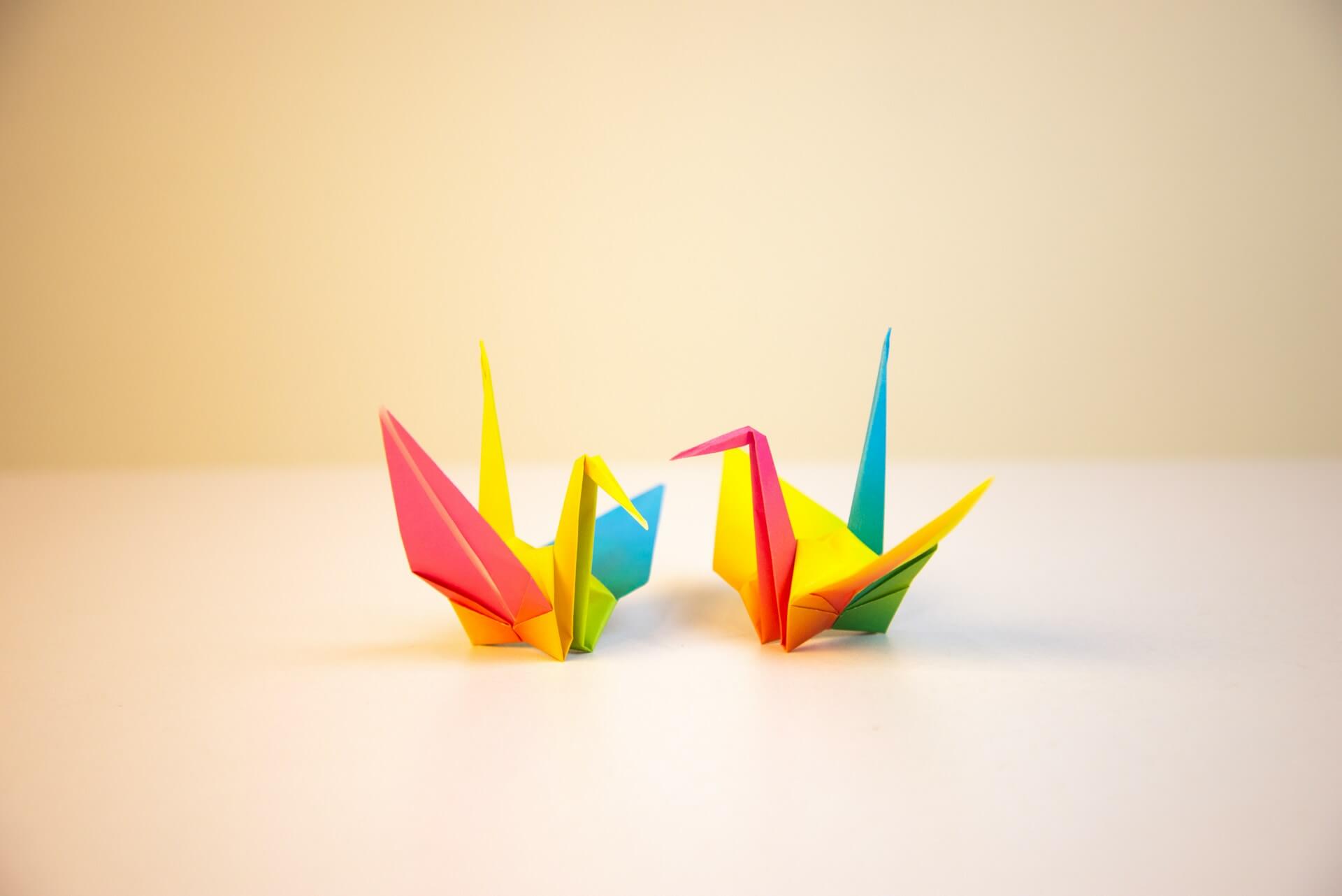Origami is more than just folding paper — it’s a cultural tradition with creative and calming benefits. In this grammar activity, you’ll read a short article and complete a gap-fill quiz that focuses on present perfect tense, relative clauses, and subject–verb agreement.

1. The World of Origami: Paper That Comes to Life
Have you ever tried making a paper crane or a flower from just a square piece of paper? If so, you’ve experienced the magic of (1)____________. This traditional Japanese art form is not only fun but also teaches patience, focus, and creativity.
Origami is a skill that has (2)____________ for centuries, beginning in Japan and later spreading around the world. While some designs are simple and can be learned in minutes, others are extremely detailed and may require hours of practice. Today, origami is even used in modern technology, such as designing foldable satellites and airbags in cars.
One of the most famous origami figures is the crane. In Japanese culture, it is a (3)____________ of peace and hope. It is said that if a person folds 1,000 paper cranes, their wish will come true.
Origami isn’t just for children or artists. In fact, it is being used in classrooms to help students learn geometry by (4)____________ shapes and symmetry. Even in hospitals, origami can help patients recover by improving hand movement and reducing stress.
In recent years, international origami festivals (5)____________ people of all ages. These events allow participants to share techniques, display artwork, and celebrate this beautiful paper tradition.
Check answers at the bottom of the page.
1.
(A) carving
(B) gardening
(C) origami
(D) cooking
2.
(A) lasted
(B) invented
(C) found
(D) held
3.
(A) purpose
(B) symbol
(C) result
(D) meaning
4.
(A) comparing
(B) translating
(C) demonstrating
(D) operating
5.
(A) was attracting
(B) attracted
(C) have attracted
(D) will attract
Grammar Points & Explanations
1. Present Perfect Tense
Used in: “has attracted people…” and “has lasted for centuries”
- Why it matters: Shows actions that began in the past and continue into the present. Helps students connect past and present ideas.
2. Passive Voice
Not explicitly used in this article but can be added:
- For example, “Origami is used in modern technology.”
- Why it's important: Passive voice is common in formal writing and descriptions.
3. Relative Clauses
Used in: “...that has lasted for centuries...”
- Why it's important: Helps combine ideas and add detail to a sentence naturally. Good for writing practice.
4. Prepositions of Time and Place
Used in: “for centuries,” “in classrooms,” “from just a square piece of paper”
- Why it's important: Prepositions can be difficult for ESL learners, but they are essential for fluency and accuracy.
5. Articles (a/an/the)
Used in: “a paper crane,” “the magic,” “an art form”
- Why it's important: Articles are often missing or misused by Chinese/Taiwanese students. Knowing when to use them helps build correct sentence structure.
6. Countable vs Uncountable Nouns
Used in: “peace and hope” (uncountable), “1,000 paper cranes” (countable)
- Why it's important: Helps with article choice and plural forms.
Correct Answers for “The World of Origami”
- (C) origami
"…you’ve experienced the magic of origami."
- (A) lasted
"Origami is a skill that has lasted for centuries..."
- (B) symbol
"…it is a symbol of peace and hope."
- (C) demonstrating
"…to help students learn geometry by demonstrating shapes and symmetry."
- (C) have attracted
"…origami festivals have attracted people of all ages."

